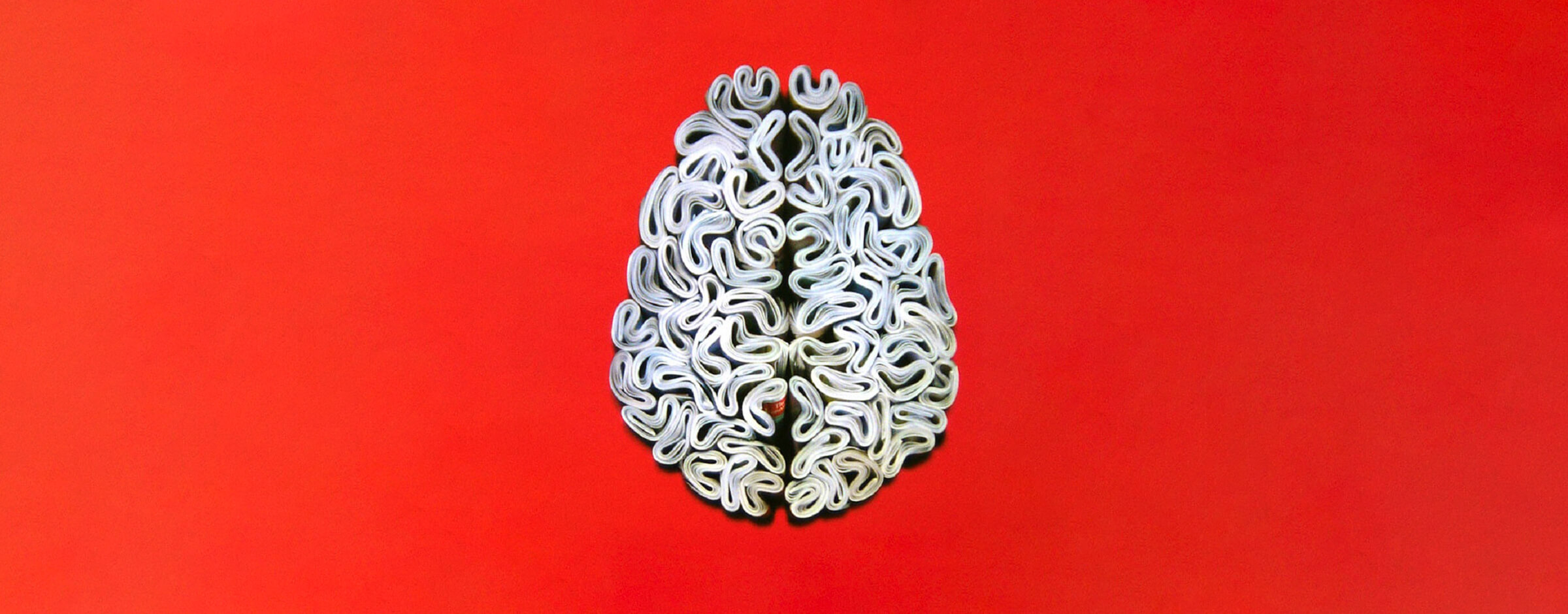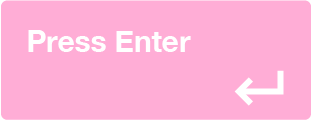In this demanding marketplace, it is becoming increasingly difficult to get clients to take a creative risk.
Most companies wish to be unique but few are comfortable being different. Everyone wants to be a market leader but nobody wants to take a chance. Once we agree to take a creative leap, the rewards always outweigh the initial agita. Below is an entry to help nudge all of you reluctant communicators over the proverbial hump of fear.
A while back, James Souttar, wrote an article for Critique magazine called, “Eye of the Mind.” In the article, James cites the proliferation of scientific evidence, to support the theory that your brain is drawn to original, creative thinking. Rather than storing everything you encounter, your brain, similar to a sieve, sorts through the information it receives. It weeds out the things that it deems useless and holds on to those it finds worthy of keeping. When it comes to visual information, the brain tends to remember things that are not obvious. It will analyze this information continuously, trying to figure out what is different or slightly off. In other words, it obsesses over originality.
This bodes well for designs that contain a planned visual wit. Take, for example, the illustration for The Economist (above). At first glance, the image seems to be an image of a brain. Upon closer observation, you realize that the brain folds are actually folded magazines. In the case of the Northwest Airlines, the diagonal stripe divides the letter “W”, forming a letter “N”— the company initials. The triangle in the upper left also represents a compass needle, pointing northwest. This is the kind of stuff that your brain fixates on. You could walk past The Economist cover at a newsstand (unfortunately, you can’t walk past the Northwest logo anymore) and the back of your mind knows that there’s something else going on, even if your conscious mind simply thinks that it’s interesting.
As communication professionals, this is a valuable lesson. If you want to get someone to remember your message, a visual twist or a unique approach is a great way to capture the viewer’s attention. It also reminds us to get to the point or our message will slip through with the rest of the clutter, unnoticed.

